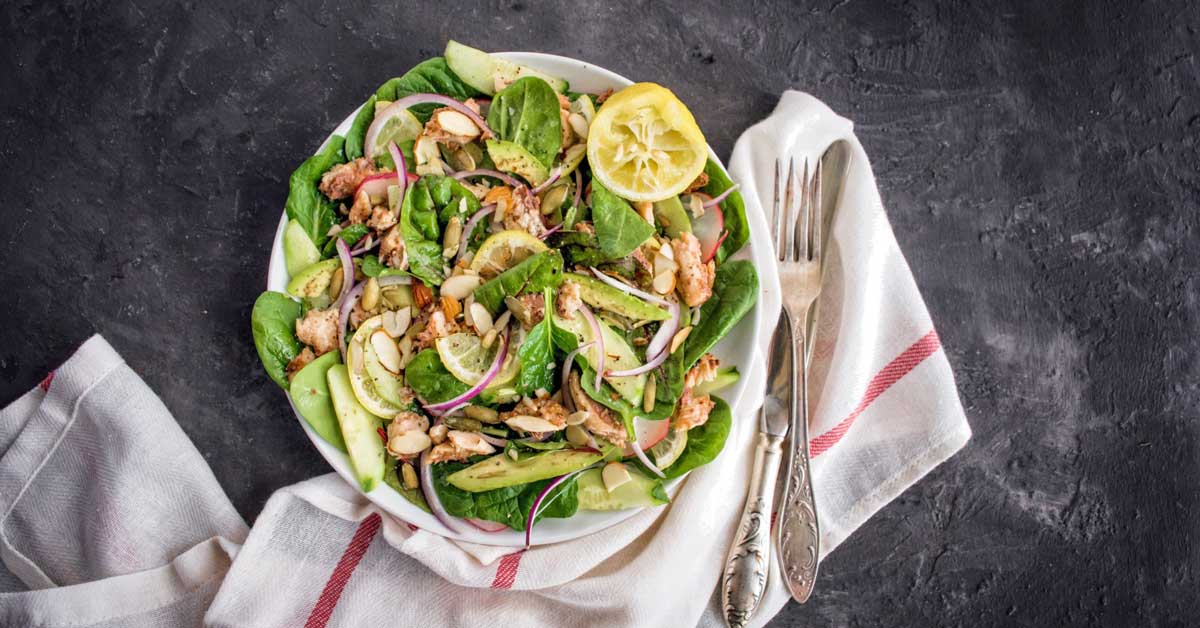2010
Claudia Reinoso Rubio, David Cremonezzi, Monica Moya, Fernando Soriano, Jose Palma, Vilma Campana
Abstract
Objective: A histological study of the anti-inflammatory effect of helium-neon laser in models of arthropathies induced by hydroxyapatite and calcium pyrophosphate in rats.
Background: Crystal deposition diseases are inflammatory pathologies induced by cellular reaction to the deposit of crystals in the joints.
Methods: Fifty-six Suquia strain rats were distributed in seven groups. Two mg of each crystal diluted in 0.05 ml physiologic solution were injected six times in each back limb joint, during two weeks on alternate days. Eight J/cm(2) were applied daily to the crystal-injected joints on five consecutive days. The joints were cut and put in 10% formaldehyde, stained with hematoxylin-eosin and observed by light microscopy. The percentage of area with inflammatory infiltrates was determined in five optical microscopy photographs (100X) for each group and analyzed using the Axionvision 4.6 program. A Pearson's Chi Squared test was applied, with significance level set at p < 0.05.
Results: Both crystals produced an inflammatory process in the osteoarticular structures, consisting of predominantly mononuclear infiltration, fibrosis, and granulomas of foreign body-type giant cells containing phagocytosed remains of crystals. In the arthritic joints treated with laser, a marked decrease (p < 0.0001) was found in the percentage of area with inflammatory infiltrates, although the granulomas remained in a less ostensible form, with adipose tissue cells, fibrosis bands with light residual inflammation, and an absence of or very few crystals. Laser alone or physiologic solution injection did not produce histological changes.
Conclusions: Helium-neon laser reduced the intensity of the inflammatory process in the arthritis model induced by hydroxyapatite and calcium pyrophosphate crystals.











